
The portrait was created about a year after the portrait of Alexander Pushkin, at an uneasy time for Kiprensky. Knowing the artist’s experience of this time, one wonders how easily, exquisitely he owns a pencil, with what warmth and humanity and how carefully he conveys the appearance of the charming Anna Olenina, the object of Pushkin’s poetic thoughts.
The spring of 1828 was a time of hope for Pushkin, who dreamed of making Olenin his wife. In a poem to the English painter George Dow – the creator of the portrait gallery of the heroes of the heroes of 1812 in the Winter Palace – Pushkin advises: AS Pushkin “TO DAWE, ESQ” Why does your marvelous pencil Draw my Arapian profile? Though you betray his eyelids, He is booed by Mephistopheles. Draw the deer features. In the heat of a heartfelt inspiration, Only youth and beauty A genius should be a fan.
But not English, but Russian artist, Orest Kiprensky, creates her graphic portrait. The artist admires the youth and the charm of his model. Carefully discharged curls of a lush hairstyle, an earring is planted on the edge of the ear, a string of beads lengthens the neck of the “little woman”. The portrait is surprisingly truthful. And this truth of character is known to us from the diary of the family Olenina. By the same as not to Kiprensky, “the fairy sorcerer”, to the regular visitor of the salon and to convey the beauty of Olenina and the character: a little flirtatious, slightly alert, but soft, kind, cheerful. For more than 150 years people have been admiring this seemingly not very beautiful girl, because in her there is not “strict beauty of statues”, but the charm of youth, the “charm of a dream”.
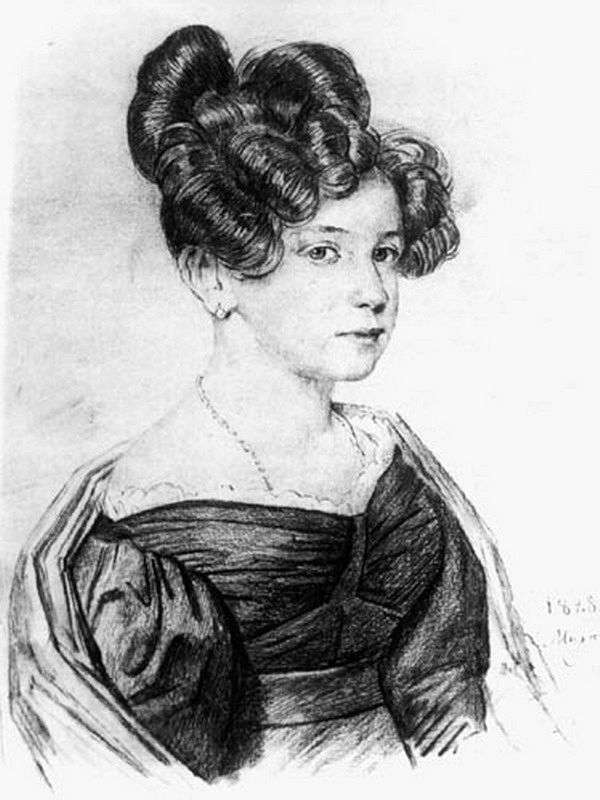 Retrato de A. A. Olenina – Orest Kiprensky
Retrato de A. A. Olenina – Orest Kiprensky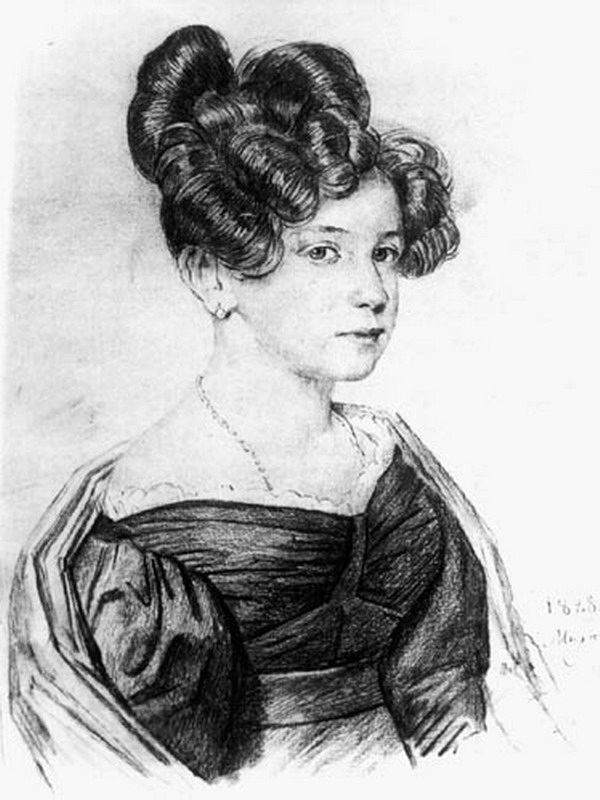 Portrait d’A. A. Olenina – Orest Kiprensky
Portrait d’A. A. Olenina – Orest Kiprensky Portrait of N. V. Kochubey by Orest of Kiprensky
Portrait of N. V. Kochubey by Orest of Kiprensky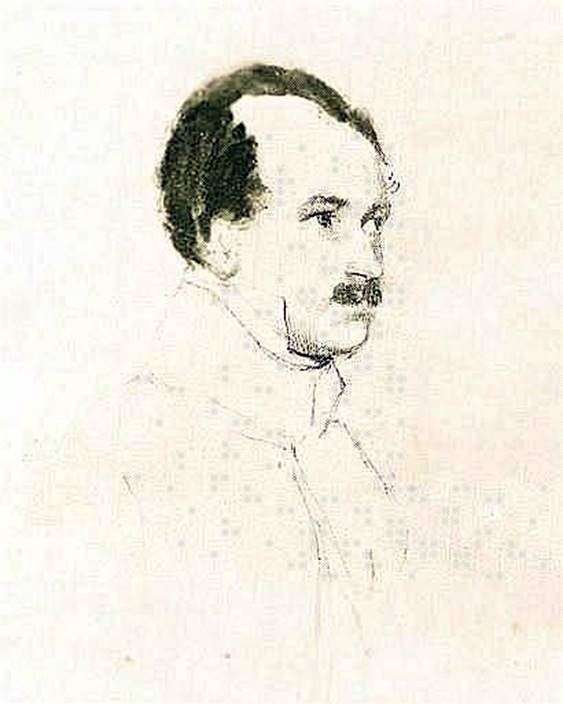 Portrait of MF Orlov by Orest of Kiprensky
Portrait of MF Orlov by Orest of Kiprensky Portrait of actress ES Semenova by Orest Kiprensky
Portrait of actress ES Semenova by Orest Kiprensky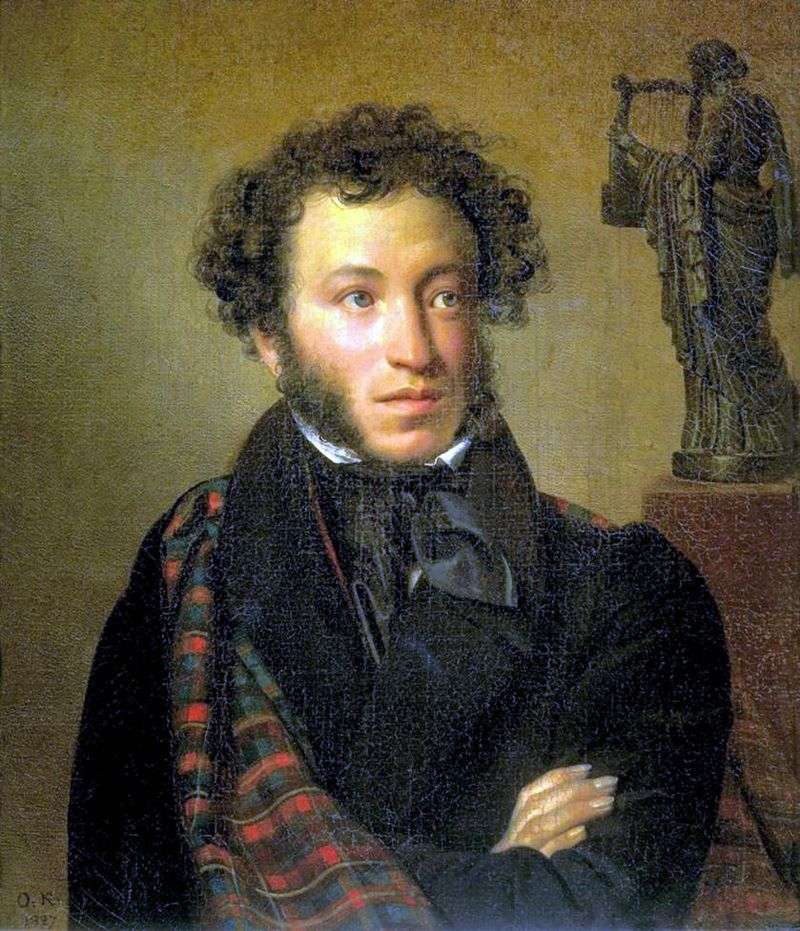 Portrait of Alexander Sergeevich Pushkin by Orest of Kiprensky
Portrait of Alexander Sergeevich Pushkin by Orest of Kiprensky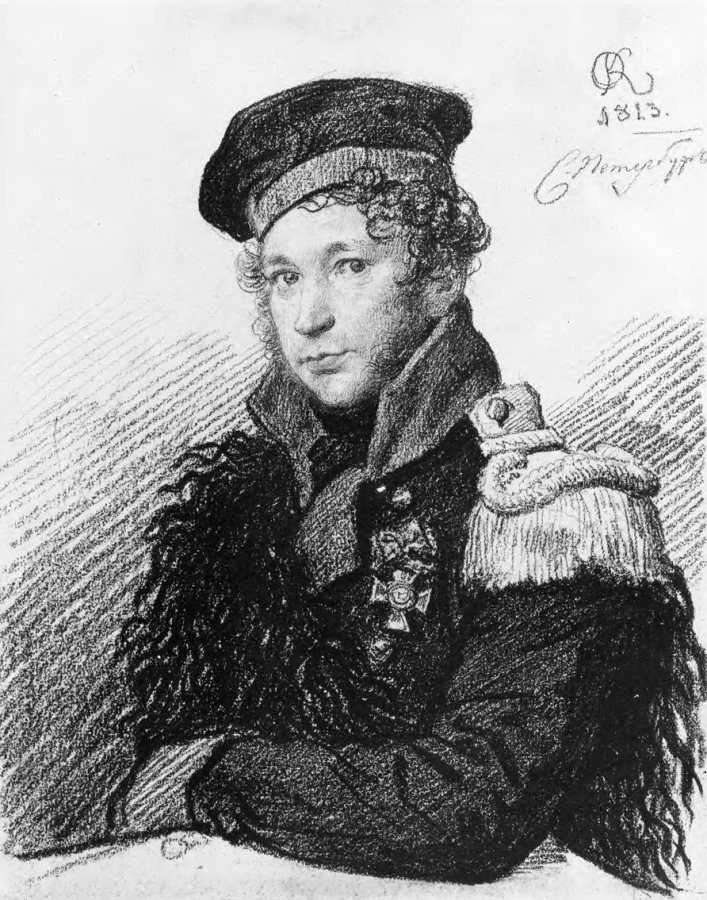 Portrait of A. Tomilov in the form of a military militiaman by Orest Kiprensky
Portrait of A. Tomilov in the form of a military militiaman by Orest Kiprensky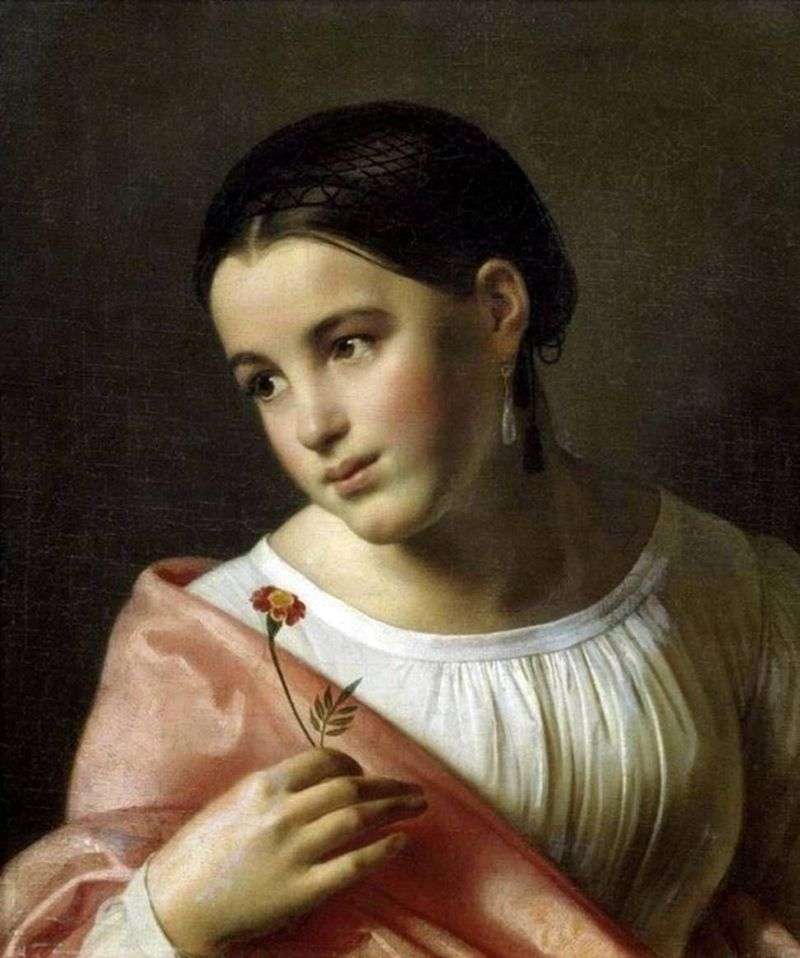 Poor Lisa by Orest of Kiprensky
Poor Lisa by Orest of Kiprensky